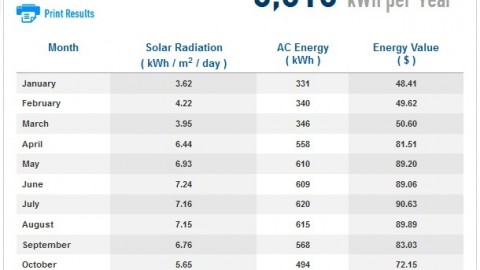Take Action
ASTI Newsletter | January 2014 Edition
From decreasing air pollution and energy bills to generating local jobs and investment opportunities, policy makers and planners in American municipalities have taken serious notice of solar energy’s benefits. With the help of the Solar Roadmap, ASTI participants have taken steps to include solar accessibility and readiness standards in their long-term general plans. Developed from national best practices, the Solar Roadmap’s Planning and Zoning goals highlight the simple policy changes that communities can adopt to sustain solar market growth and its positive impacts.
Solar-friendly provisions in comprehensive plans or energy plans can help your community meet its clean energy goals cost-effectively and with broad public support. As the energy section of Pueblo County’s Strategic Sustainability Plan demonstrates, solar development has become a key strategy for coordinating local economic and environmental objectives. The Colorado county’s plan moves beyond general benefits and articulates specific local gains from solar, including better local electricity management, reducing carbon emissions, reaching state RPS targets, stimulating green workforce development, and exporting large-scale clean energy throughout Colorado.
Furthermore, comprehensive plans can ensure that solar development in your community is socially responsible, aesthetically sensitive, and environmentally sound. Plans can guide future decision-making by identifying suitable locations for solar arrays or address concerns for local cultural and/or ecological resources, as per the conservation element of Nye County’s 2011 Comprehensive Master Plan. Likewise, solar provisions can anticipate conflicts and outline mechanisms for their resolution, as with Inyo County’s Renewable Energy Ordinance. The 2010 ordinance highlights the economic potential of large-scale solar and enables residents to install small-scale PV systems with greater ease, and balances the concerns of conservationists and residents by specifying that larger projects are subject to a range of mitigation measures to protect community welfare, while project permits must be accompanied by a plan for ecological reclamation of the site once it is no longer operational.
As a jurisdiction’s most expansive statement of its policies and vision for the future, comprehensive plans are a powerful way to demonstrate a community’s commitment to sustained growth in the solar energy sector. To learn more about the benefits of incorporating solar into regional plans and find examples of model language for plans, such as the solar policies contained within Alameda County’s General Plan, see the Solar Roadmap’s Goal Z4 or email ASTI@solarroadmap.com for additional support.







